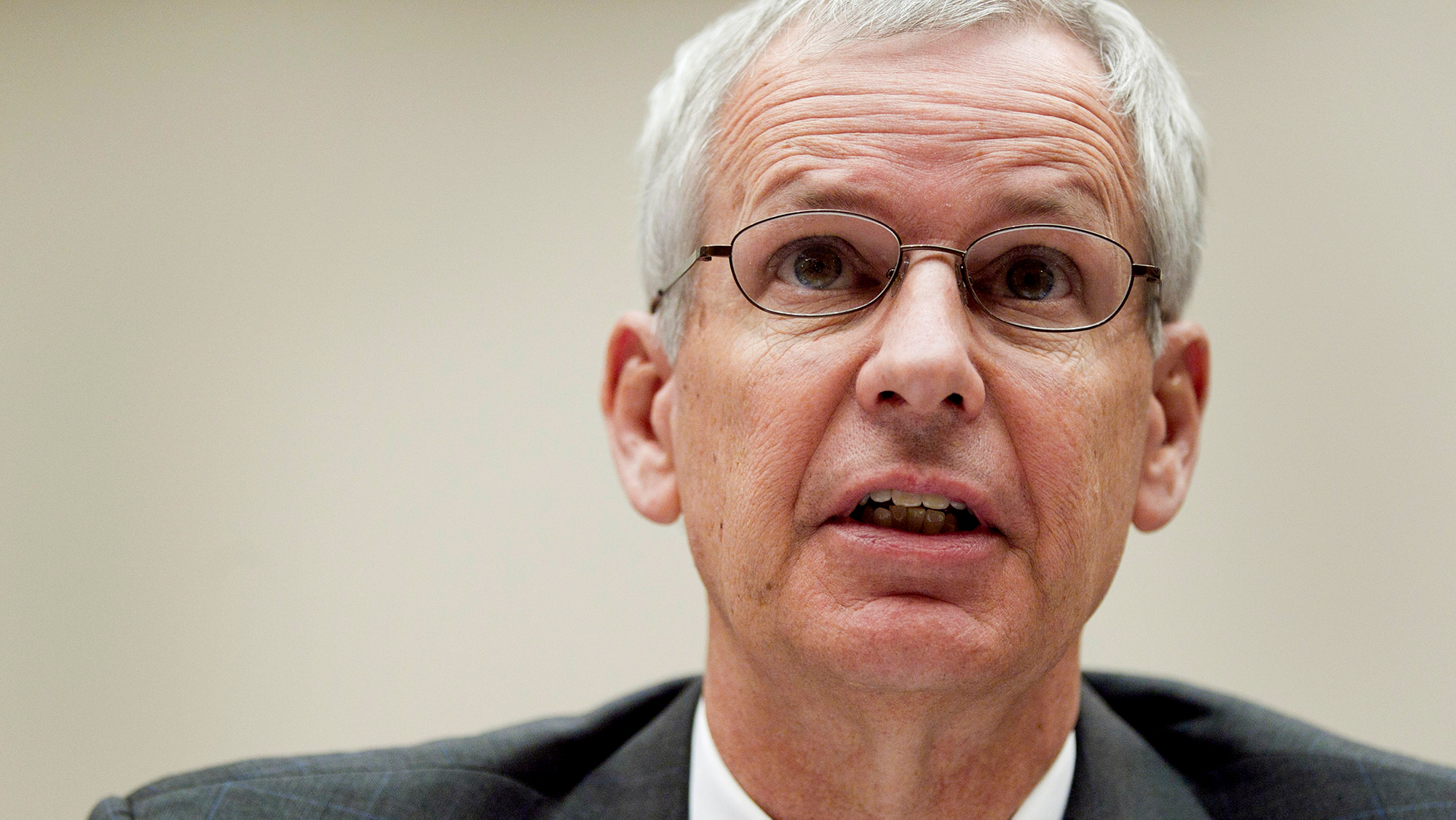
Dish Network is expected to meet the federal government's end-of-June deadline for the company to cover 70% of the U.S. with its new 5G wireless network.
Beyond that, the fate of the network -- and the 28-year-old telecom rooted in satellite-delivered pay TV -- is uncertain.
A new report in the New York Post suggests that Dish co-founder and chairman Charlie Ergen is becoming increasingly "desperate" to raise cash to finish the buildout.
“He is trying to sell everything that is non-core and to finance assets that are financeable,” one source close to the situation told the Rupert Murdoch paper. “The problem is there are only very small things to sell. It’s a drop in the bucket.”
For sure, the sea has grown angry for Captain Ergen.
Capital markets suck. As equity analyst Craig Moffett noted in an April 13 shareholder letter, "Whatever business plans Dish had hatched for wireless when borrowing costs were 6% or so must already have been scrapped."
The ATM, meanwhile, is buggy. Dish linear satellite subscribers are now fleeing at an all-time high rate of 11.2%, as of the end of Q1. With fewer customers, Dish's core business is throwing off less cash.
At about $7.43 a share, Dish's stock price is also less than half of what it was a year ago.
In his shareholder letter, Moffett raised the possibility of a Dish bankruptcy, and the Post also confirmed that insiders are indeed worried about that.
More bad news: Dish's next federal mandate is to cover 75% of the U.S. with its 5G ORAN network. That may sound like an easy 5% increment, but it's not. As the Post also noted, it'll require an expensive buildout across a many unpaved rural areas.
Dish's best option is probably buying time.
“We believe the most likely path forward for Dish near term is to negotiate an extension on its 2025 FCC coverage requirement after meeting its June 2023 deadline,” New Street Research policy analyst Blair Levin said in a recent investor note. “A 1–2 year extension would enable Dish to conserve or at least delay $2 billion to $3 billion of capital spending that would give it more runway to grow its consumer and enterprise subscriber base.”






